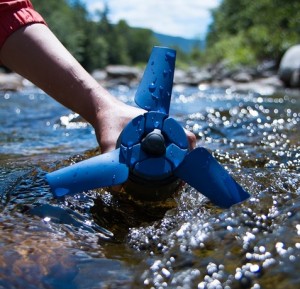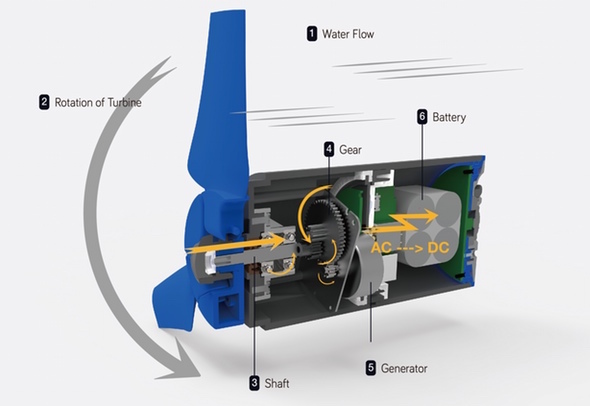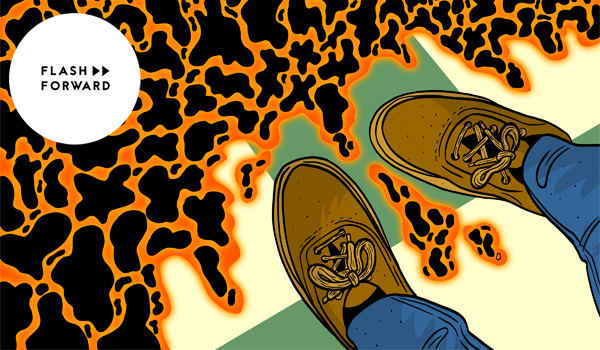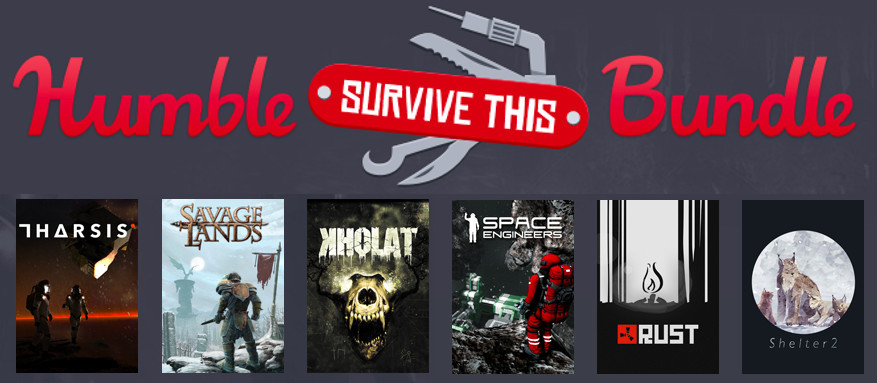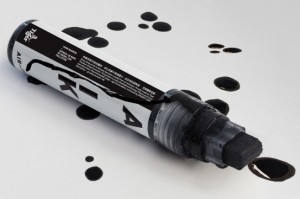 Chapter 10 of The Knowledge talks about ways to make inks for art and writing. Both the ancient Egyptians and Chinese developed a black ink based on soot, about 4,500 years ago. The tiny particles of carbon in the soot serve as a wonderfully dark pigment, which when mixed with water and a thickening agent like tree gum or gelatine (animal glue) gives you a great, black ink. Still very popular with artists today, ‘India Ink’ is therefore a misnomer as it was actually developed in China, and only traded with India. A suspension of carbon-black particles is also the basis of modern photocopier and laser-printer toner. Historically, these incredibly fine carbon particles were collected above the sooty flame from an oil lamp, or by charring organic materials like wood or bone.
Chapter 10 of The Knowledge talks about ways to make inks for art and writing. Both the ancient Egyptians and Chinese developed a black ink based on soot, about 4,500 years ago. The tiny particles of carbon in the soot serve as a wonderfully dark pigment, which when mixed with water and a thickening agent like tree gum or gelatine (animal glue) gives you a great, black ink. Still very popular with artists today, ‘India Ink’ is therefore a misnomer as it was actually developed in China, and only traded with India. A suspension of carbon-black particles is also the basis of modern photocopier and laser-printer toner. Historically, these incredibly fine carbon particles were collected above the sooty flame from an oil lamp, or by charring organic materials like wood or bone.
Now, Gravity Labs, a spin-off from MIT, have developed a thoroughly modern, and eco-friendly, method for capturing carbon black. Graviky Labs founder Anirudh Sharma and his team worked with Tiger beer in Thailand to create an air filter that can be attached to the exhaust pipe of cars, trucks, or boat engines. The device captures the emitted soot particles from the diesel engine, which are then used for making paints and inks for local artists — Air Ink.
This is such an innovative idea for converting pollution into art!

Read more about Air Ink from Gravinky Labs or Adweek
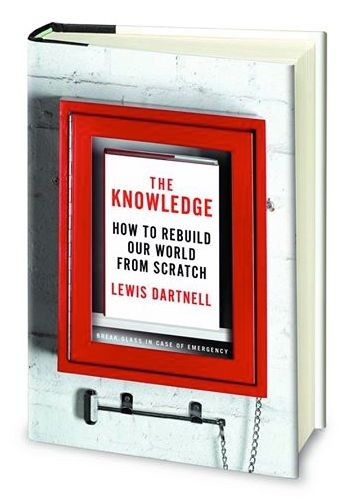 Want to read more about the behind-the-scenes fundamentals of how our modern world works, and how you could reboot civilisation if you ever needed to...? Check out The Knowledge - available now in paperback, Kindle and audiobook.
Want to read more about the behind-the-scenes fundamentals of how our modern world works, and how you could reboot civilisation if you ever needed to...? Check out The Knowledge - available now in paperback, Kindle and audiobook.
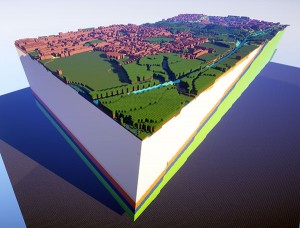
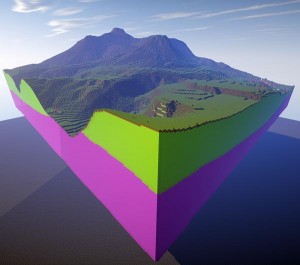



 Chapter 10 of The Knowledge talks about ways to make inks for art and writing. Both the ancient Egyptians and Chinese developed a black ink based on soot, about 4,500 years ago. The tiny particles of carbon in the soot serve as a wonderfully dark pigment, which when mixed with water and a thickening agent like tree gum or gelatine (animal glue) gives you a great, black ink. Still very popular with artists today, ‘India Ink’ is therefore a misnomer as it was actually developed in China, and only traded with India. A suspension of carbon-black particles is also the basis of modern photocopier and laser-printer toner. Historically, these incredibly fine carbon particles were collected above the sooty flame from an oil lamp, or by charring organic materials like wood or bone.
Chapter 10 of The Knowledge talks about ways to make inks for art and writing. Both the ancient Egyptians and Chinese developed a black ink based on soot, about 4,500 years ago. The tiny particles of carbon in the soot serve as a wonderfully dark pigment, which when mixed with water and a thickening agent like tree gum or gelatine (animal glue) gives you a great, black ink. Still very popular with artists today, ‘India Ink’ is therefore a misnomer as it was actually developed in China, and only traded with India. A suspension of carbon-black particles is also the basis of modern photocopier and laser-printer toner. Historically, these incredibly fine carbon particles were collected above the sooty flame from an oil lamp, or by charring organic materials like wood or bone.
